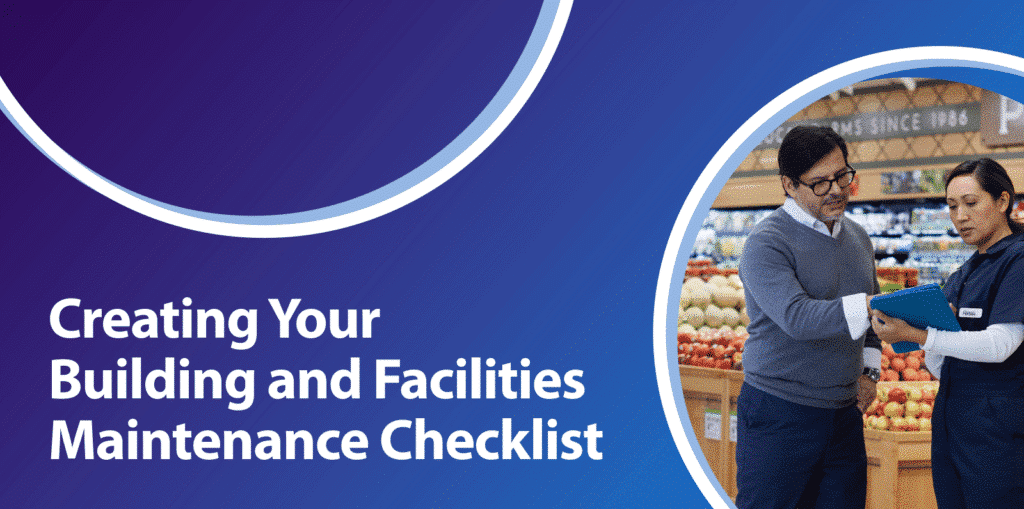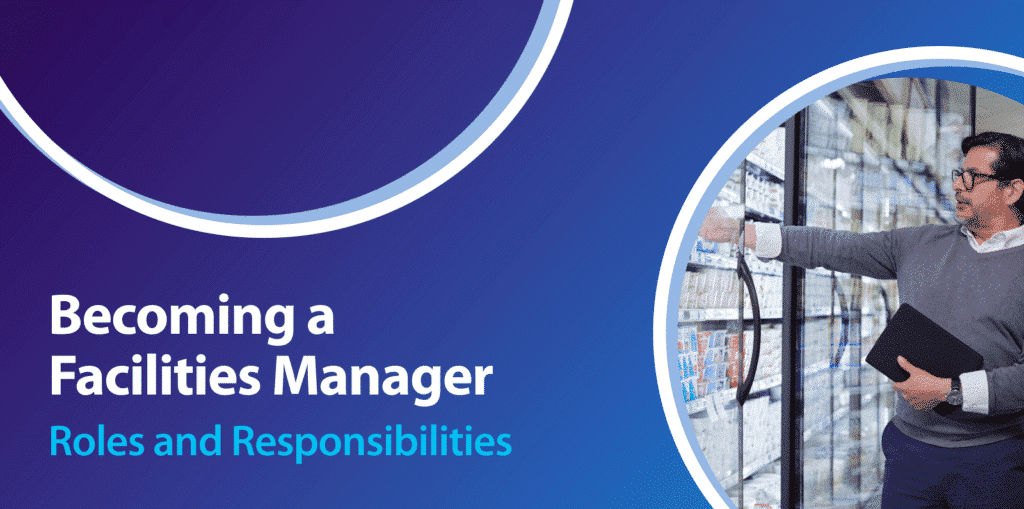Build the Business Case for Digital Transformation in Your Facilities Management Program

Have your sights set on upgrading your facilities management program this year? First, you’ll need to build a strong business case, leveraging the data and free resources available to you. Here’s how to go about that.
Successful facilities managers are always looking for ways to improve operational performance in their management program. But navigating change in the organization is tough; it’s a hurdle that can leave facilities leaders wondering where to even begin.
Once FM’s have identified a technology partner to onboard, they’ll have to gain the support and approval from key stakeholders before anything can be done. This involves a step-by-step process that leverages data and available tools to craft a compelling business case to be presented to key decision makers.
Know the Value Proposition
Firstly, it’s vital to help stakeholders understand just how valuable a facilities management system can be. Many operations managers can see facilities as a cost center, instead of what it really is: another way to drive revenue. This is a good angle to start from when creating the business case for a new building management system.
Make sure to mention the following value propositions for how facility management software can simplify:
- Asset management
- Work order creation and tracking
- Service provider sourcing and onboarding
- Preventative maintenance
- Spend optimization
- Compliance and risk management
- Sustainability efforts
When sharing this information, it’s most effective to skip sharing personal opinions and stick with fact-based information only. Connect the business case to key corporate initiatives like adding new stores or staying under facilities management budget.
Steps and Tools to Build the Business Case
If you’re a facilities manager looking to cut spend and boost bandwidth by leveraging facilities management software, follow the below steps to create a thorough business case for the finance team to consider.
Step 1 – Craft a compelling outline
Before leadership will look your way, it’s important to show them you’ve covered all the bases, including what software implementation and ongoing maintenance looks like. Try to paint a picture showing them what might happen if your company doesn’t invest in a facilities management software platform, which could include possible consequences a few months or a year from now if your company doesn’t make a change.
Other key highlights to include on your business case:
- Executive summary
- Pain points
- Solution description
- Summary of benefits
- Cost overview
- Execution timeline
- Project governance
Step 2 – Outline all associated costs
Senior decision-makers want to see the cold, hard, facts. Show them the numbers so they can have a realistic view of what’s going on. They’ll likely want total costs for:
- Implementation
- SaaS subscription fees
- SaaS professional services
- Cost of ownership
Step 3 – Use a value calculator to quantify benefits and ROI of the solution
It’s essential to try to calculate the value your business can receive from the investment. A good value calculator can help, if it is specific to your industry and has the following data points:
- Net direct savings ($) per year. This can be broken down into benefit types or categories. Such as:
- Cost reduction
- Productivity improvement
- Revenue increase
- Risk reduction
- Net present value ($)
- ROI savings (%)
- 3-month cost of delay ($)
- Payback period (months)
ServiceChannel has a free Business Value Calculator you can use for this. Just input the business industry and numbers and it will give you all the data you need to calculate the financial impact of facilities management software for your brand. Try the Business Value Calculator here.
Step 4 – Attain stakeholder support
Great job on gathering the data and crafting a solid business case for optimizing your facilities management program with technology! The next step is to have a talk with the folks in operations, finance, and real estate. Let them in on your plan and see if they can spot any potential snags before you officially submit it. It’s all about teamwork, so getting everyone on board to iron out the details is key to success.
Check out the full guide to facilities transformation.




